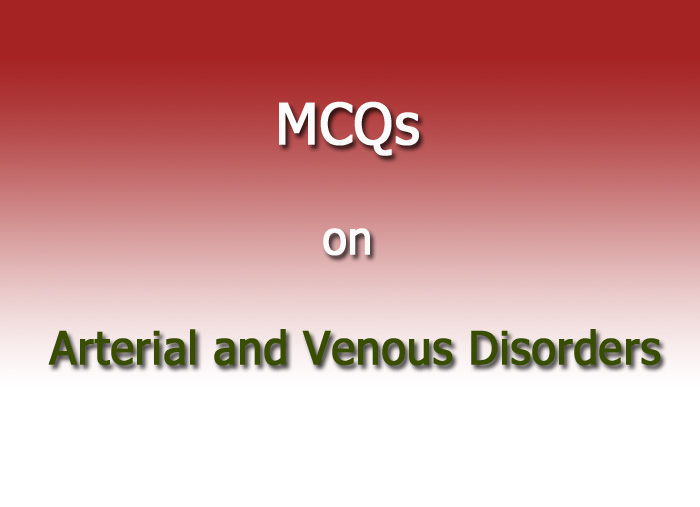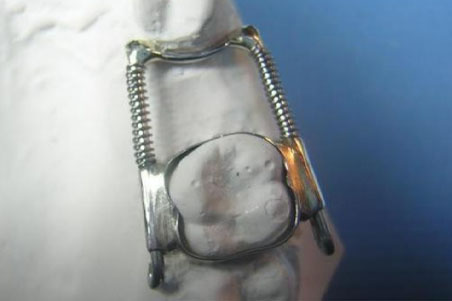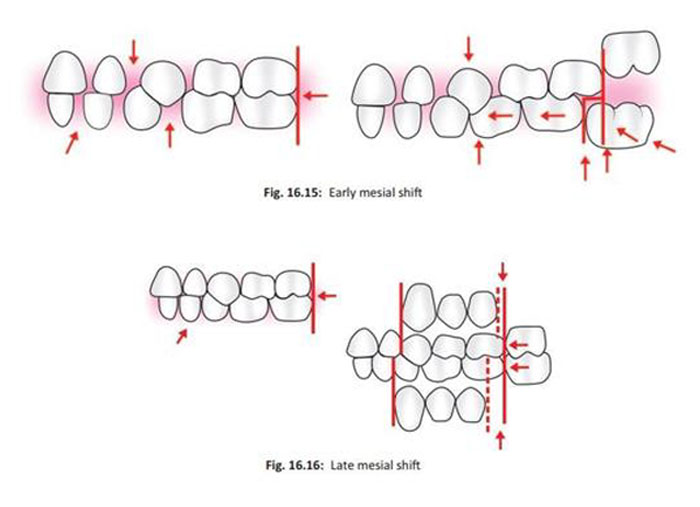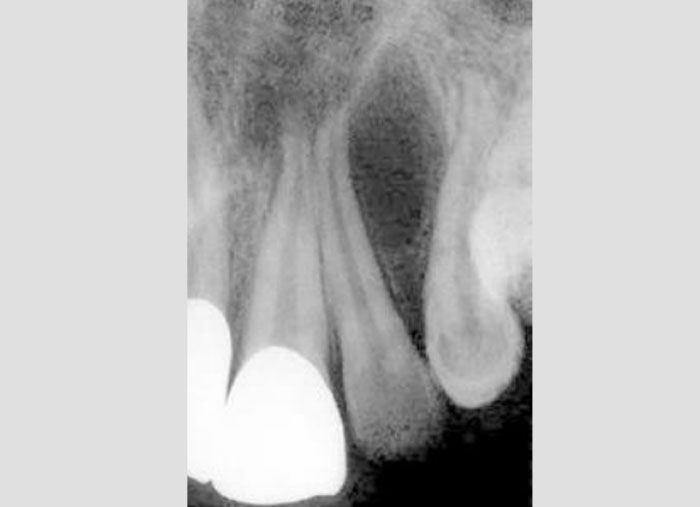- NEED HELP? CALL US NOW
- +919995411505
- [email protected]
1. Intermittent claudation is caused by
A. Venous occlusion
B. Arterial insufficiency
C. Neural compression
D. Muscular dystrophy
Ans. B
The symptoms produced by arterial stenosis or occlusion related to the organs are:
Lower limb- claudication, rest pain and gangrene
Brain – hemiplegia and transient ischemic attacks
Myocardium – Angina and myocardial infraction
Abdomen- abdominal pain and imfarction
Kidney- hypertension or infraction
2. Buergers disease is seen in
A. Only female
B. Age less than 40
C. Age more than 40
D. Smoker
Ans. D
Buergers disease is an occlusive disease of small and medium sized arteries of both upper and lower limbs. The disease is characterised by gangrene of toes and fingers with characteristic corrugation of femoral arteries and distal arterial occlusion.
3. Commonest cause of AV fistulae is
A. Congenital
B. Traumatic
C. Surgical creation
D. Tumour erosion
Ans. B
AV fistula is a communication between an artery and a vein. It may be congenital or acquired by trauma or created surgically in patients undergoing renal dialysis. It is manifested clinically as a pulsating swelling and on palpation a thrill is detected.
4. Management of arterial occlusion may include
A. Stopping smoking
B. Sympathectomy
C. Analgesics
D. All of the above
Ans. D
5. Raynaud’s phenomenon is seen in all except
A. Atherosclerosis
B. Scleroderma
C. Buergers disease
D. Juvenile arthritis
Ans. D
Raynauds syndrome is seen in atherosclerosis, carpal tunnel syndrome and in collagen diseases especially scleroderma amd systemic lupus erythematosus
6. All of the following are seen in deep vein thrombosis except
A. Pain
B. Discolouration
C. Swelling
D. Claudication
Ans. D
7. The following of the commonest site for venous ulcer
A. Instep of foot
B. Lower 1/3 leg and ankle
C. Lower 2/3 of leg
D. Middle 1/3 of leg
Ans. B
8. Commonest cause of unilateral pedal edema in India is
A. Filariasis
B. Post traumatic
C. Post irradication
D. Milory’s disease
Ans. A
Filariasis is the commonest cause of lymphoedema caused by wucheraria bancrofti and spread by female culex mosquito
9. Which of the following is not a feature of peripheral arterial occlusion
A. Shock
B. Pallor
C. Pain
D. Pulselessness
Ans. A
Symptoms and signs of peripheral arterial occlusion are classically remembered as 5Ps
Pain
Pallor
Pulselessness
Paralysis
Paraestheia
10. The duration of heparin therapy in deep vein thrombosis is
A. 7-10 days
B. 15-20 days
C. 3-4 days
D. 1 month
Ans. A
Duration should be atleast 5 days.




